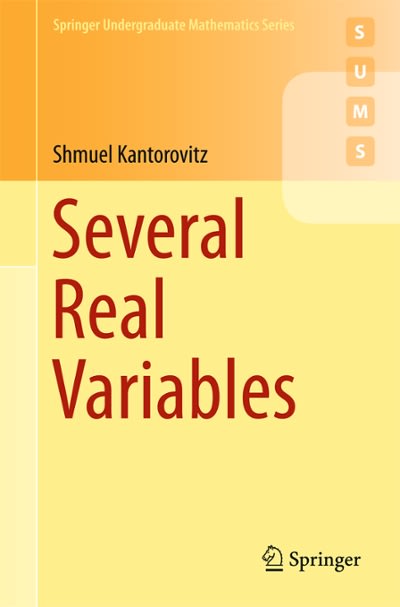Question
Synchronized Dancing, Anyone? This exercise uses data from a study designed to examine the effect of doing synchronized movements (such as marching in step or
Synchronized Dancing, Anyone?
This exercise uses data from a study designed to examine the effect of doing synchronized movements (such as marching in step or doing synchronized dance steps) and the effect of exertion on many different variables, such as pain tolerance and attitudes towards others. In the study, 264 high school students in Brazil were randomly assigned to one of four groups reflecting whether or not movements were synchronized (Synch= yes or no) and level of activity (Exertion= high or low).1Participants rated how close they felt to others in their group both before (CloseBefore) and after (CloseAfter) the activity, using a 7-point scale (1
=
least close to7
=
most close). Participants also had their pain tolerance measured using pressure from a blood pressure cuff, by indicating when the pressure became too uncomfortable (up to a maximum pressure of 300 mmHg). Higher numbers for thisPainTolerancemeasure indicate higher pain tolerance. The full dataset is available inSynchronizedMovement.
Does Synchronization Increase Feelings of Closeness?
Use the closeness ratings given after the activity (CloseAfter) to estimate the difference in mean rating of closeness between those who have just done a synchronized activity and those who do a non-synchronized activity.
Clickherehttp://www.lock5stat.com/datapage.html for the dataset associated with this question.
Let group 1 be people who have just performed a synchronized activity and let group 2 be people who have performed a non-synchronized activity.
1Tarr B, Launay J, Cohen E, and Dunbar R, "Synchrony and exertion during dance independently raise pain threshold and encourage social bonding,"Biology Letters, 11(10), October 2015.
(a) Give notation for the quantity we are estimating.
p
1
-
p
2
p
^
1
-
p
^
2
1
-
2
x
-
1
-
x
-
2
1
-
2
r
1
-
r
2
(b) Give the correct notation for the sample statistic.
p
1
-
p
2
p
^
1
-
p
^
2
1
-
2
x
-
1
-
x
-
2
1
-
2
r
1
-
r
2
(c) UseStatKeyor other technology to find the value of the sample statistic.
Round your answer to three decimal places.
Sample statistic =
Enter your answer in accordance to the question statement
(d) UseStatKeyor other technology to find the standard error for the estimate.
Round your answer to three decimal places.
Standard error =
Enter your answer in accordance to the question statement
(e) Use the standard error to give a95
%
confidence interval for the quantity we are estimating.
Round your answers three decimal places.
The interval is
Enter your answer in accordance to item (e) of the question statement
to
Enter your answer in accordance to item (e) of the question statement
.
Step by Step Solution
There are 3 Steps involved in it
Step: 1

Get Instant Access to Expert-Tailored Solutions
See step-by-step solutions with expert insights and AI powered tools for academic success
Step: 2

Step: 3

Ace Your Homework with AI
Get the answers you need in no time with our AI-driven, step-by-step assistance
Get Started


